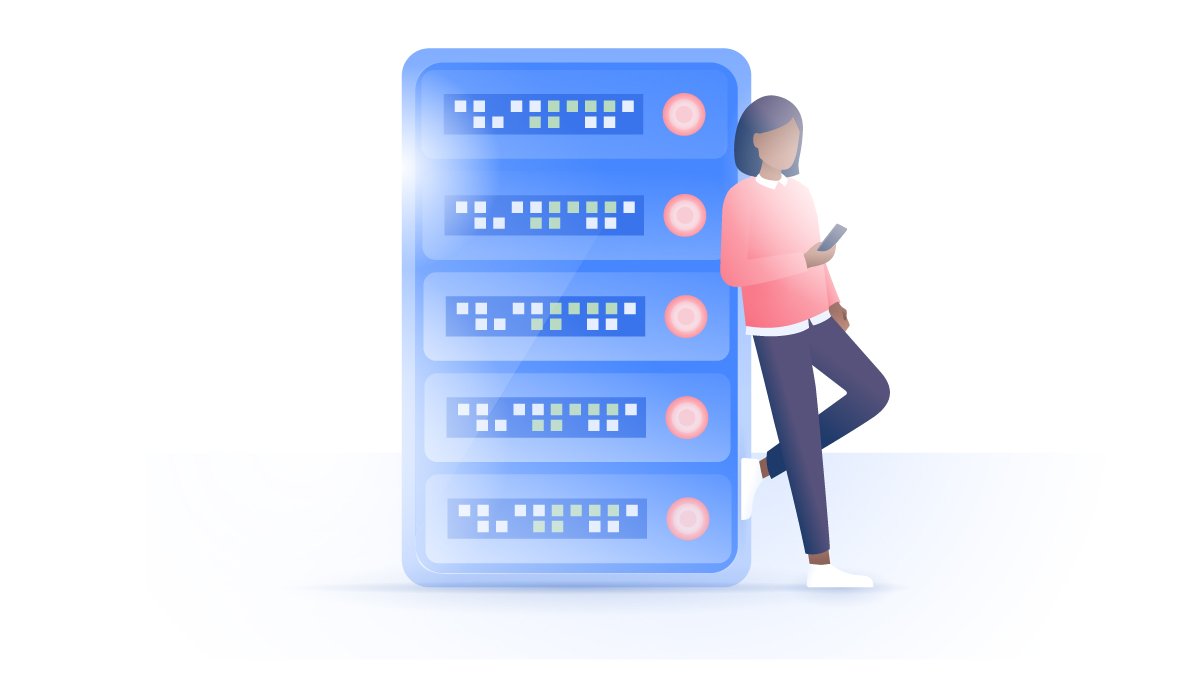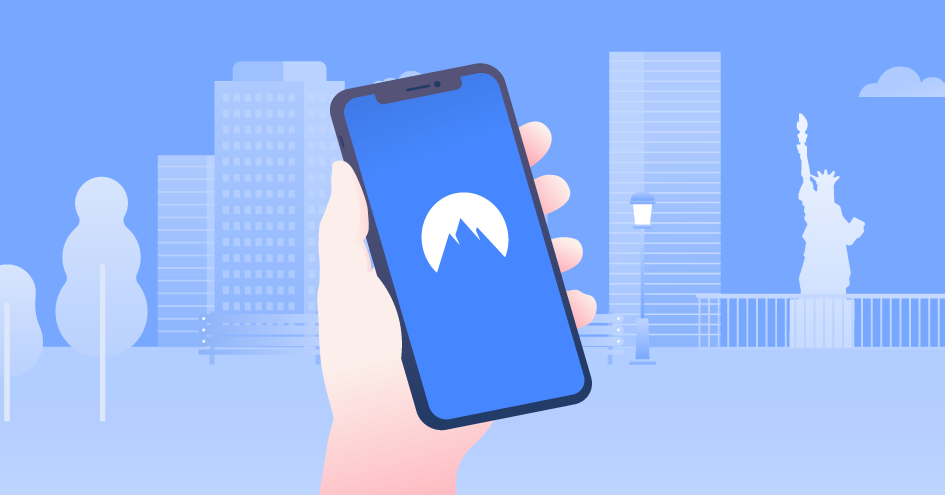What is MPLS?
MPLS, or multiprotocol label switching, is a network technology typically used by enterprises to connect their remote sites or by ISPs for layer 2/layer 3 traffic segmentation within different tenants. It’s been around for more than 20 years, and many companies still rely on it. What is MPLS, and is it still reliable?
Carlos Martinez
Jan 07, 2022 · 3 min read

How does multiprotocol label switching work?
First, let’s discuss how “normal” routing works. When you visit a website on your browser, a lot of interesting things are happening in the backend. Your web requests are divided into small pieces called packets. Each packet carries information about its destination and where it’s coming from. Routers forward packets to other routers, which is how packets move across the network.
While two packets may travel to the same destination, they can take different routes.
How does MPLS work? MPLS (multiprotocol label switching) is a data forwarding system that assigns labels to each packet. These labels determine how that packet should travel, creating a private network. Since the packets are labeled between their transition from layer 2 (responsible for transferring data between nodes) to layer 3 (responsible for packet forwarding and routing), MPLS is often called a “layer 2.5 protocol.”
MPLS: pros and cons
Pros
- Speed. Since packets in MPLS networks travel in predetermined ways, routers don’t need to perform an IP lookup in every step. This means the whole routing process consumes fewer computing resources compared with “normal” routing. MPLS can be beneficial when speed is an important factor, especially when running real-time applications.
- Quality. MPLS has QoS options that help packets achieve better performance and efficiency when they travel across the network.
- Remote connection. Since MPLS is cloud hosted, you can add new remote connections without having to invest in additional hardware.
- Reduced network congestion. MPLS divides web requests between different routes, thus avoiding network congestion.
- Improved uptime. If a downtime occurs, MPLS can switch traffic to an alternative route if it’s available.
Cons
- User experience. MPLS requires extensive configuration on your router. Setting up the MPLS network yourself is only advisable if you know what you’re doing. Otherwise, leave this task to an IT administrator.
- Cost. MPLS solutions can be costly because you’ll have to pay for your data every month. Internet service providers can set up the whole MPLS infrastructure and maintain it for you, but this will obviously increase the cost.
- Less control. Since your ISP configures your network for you, you don’t have full control over it.
- Accessibility. MPLS is not suited for SaaS or cloud applications but for point-to-point connectivity.
- Deployment. It takes several months to deploy MPLS if your company’s offices are located in different countries or even continents.
What’s the difference between SD-WAN and MPLS?
As the name suggests, software-defined wide-area networking (SD-WAN) is a software-based approach to managing a WAN (wide area network). However, it’s more advanced than MPLS. SD-WAN is more secure, is less expensive, and offers better performance.
Both MPLS and SD-WAN are used for network connectivity: connecting users working from home with headquarters or remote branch offices.
Some IT specialists claim that in the future, MPLS will be pushed out by SD-WAN, but in truth, they’re not exactly identical technologies and both have their use cases.
MPLS vs. VPN
While MPLS vs. VPN search queries happen often on the internet, it’s apples and oranges. They are different technologies serving different purposes. MPLS is a networking technology, while a VPN is a tool designed to encrypt your traffic and hide your IP address from prying eyes.
You can use both MPLS to connect different branches of your company and a VPN to protect your employees online. Since MPLS doesn’t encrypt your traffic, it’s worth considering VPN solutions to ensure that your data is protected in transit.



